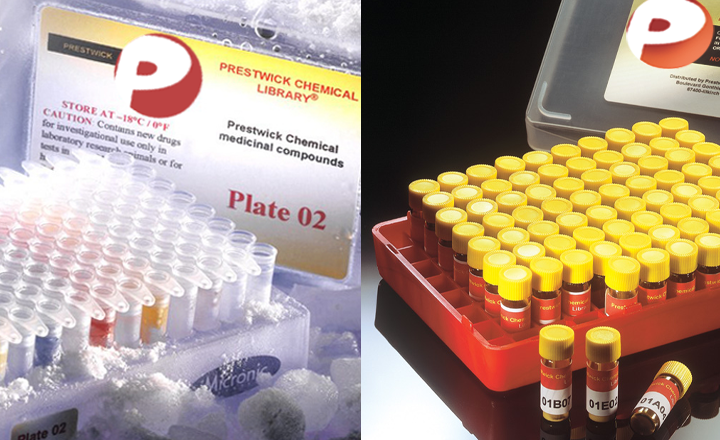Bioinformatics analysis of high-throughput data to validate potential novel biomarkers and small molecule drugs for glioblastoma multiforme
Qi F, Li Q, Lu X, Chen Z
Journal of International Medical Research - vol. 48 1-17 (2020)
Journal of International Medical Research
Objective: There have been no recent improvements in the glioblastoma multiforme (GBM) outcome, with median survival remaining 15 months. Consequently, the need to identify novel biomarkers for GBM diagnosis and prognosis, and to develop targeted therapies is high. This study aimed to establish biomarkers for GBM pathogenesis and prognosis. Methods: In total, 220 overlapping differentially expressed genes (DEGs) were obtained by integrating four microarray datasets from the Gene Expression Omnibus database (GSE4290, GSE12657, GSE15824, and GSE68848). Then a 140-node protein–protein interaction network with 343 interactions was constructed. Results: The immune response and cell adhesion molecules were the most significantly enriched functions and pathways, respectively, among DEGs. The designated hub genes ITGB5 and RGS4, which have a high degree of connectivity, were closely correlated with patient prognosis, and GEPIA database mining further confirmed their differential expression in GBM versus normal tissue. We also determined the 20 most appropriate small molecules that could potentially reverse GBM gene expression, Prestwick-1080 was the most promising and had the highest negative scores. Conclusions: This study identified ITGB5 and RGS4 as potential biomarkers for GBM diagnosis and prognosis. Insights into molecular mechanisms governing GBM occurrence and progression will help identify alternative biomarkers for clinical practice.


